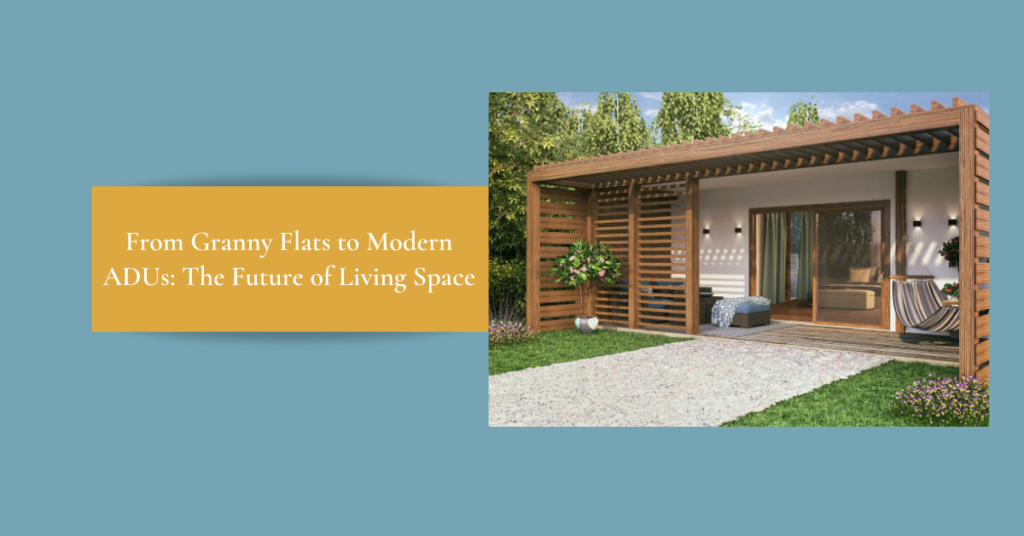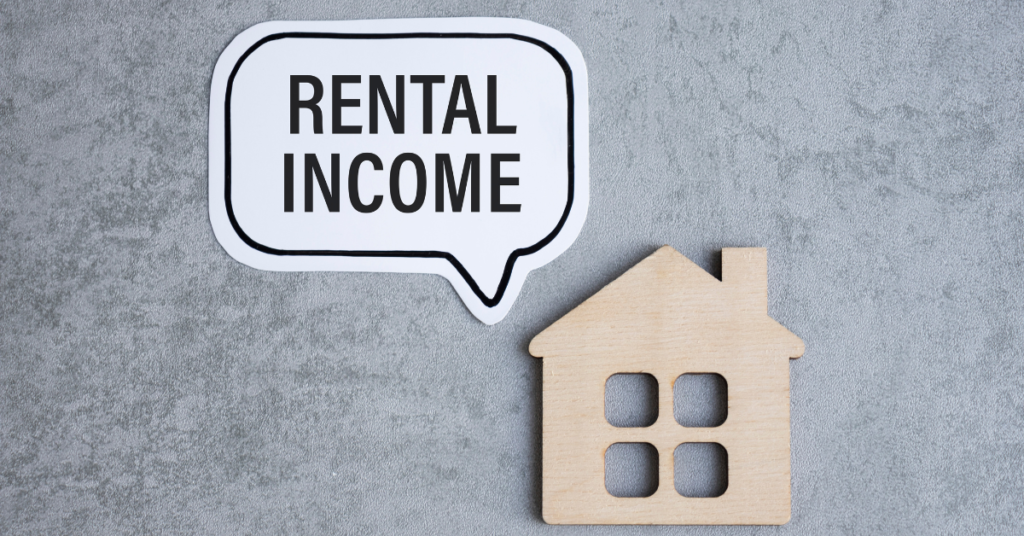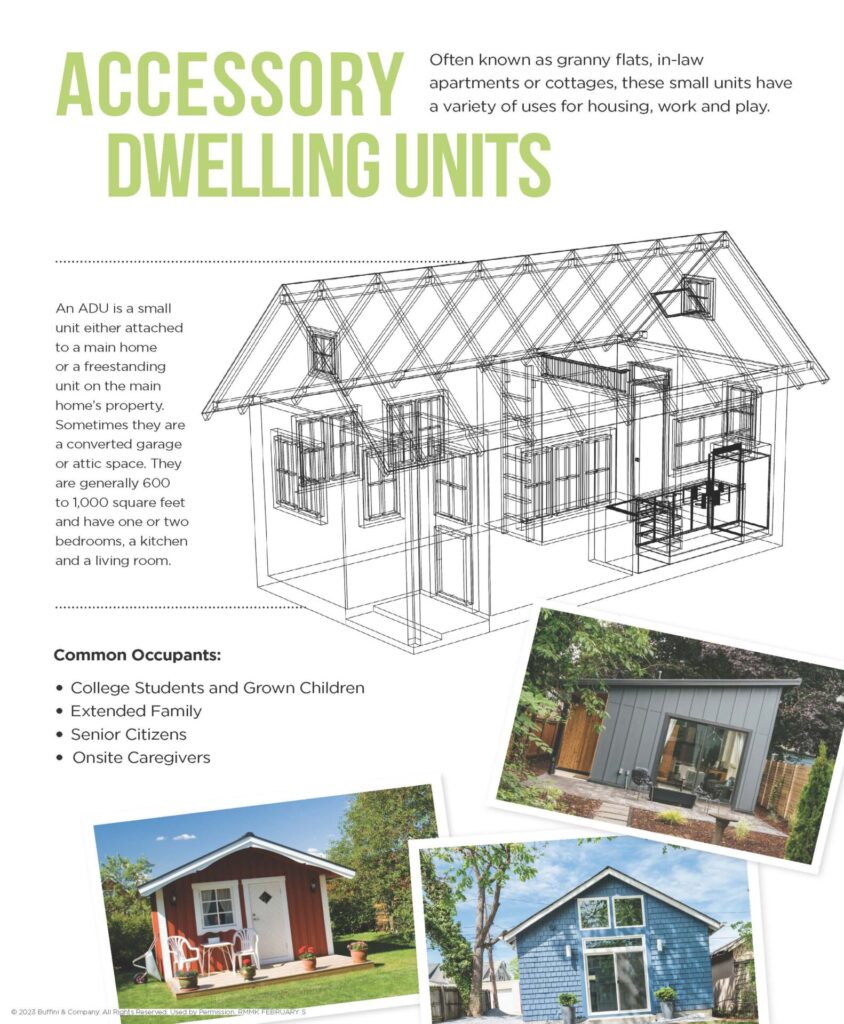The Rise of Accessory Dwelling Units (ADUs)To Maximizing Your Property’s Potential

Yes, we agree, “Accessory Dwelling Units” (ADU’s) have a technically boring name. But WOW do they pack a punch for our financial wellbeing! Call ‘em what you wish – cottages, granny flats, carriage houses – ADU’s have a wide variety of uses to suit our lifestyle and to fill our wallet and they have become increasingly more popular throughout Colorado.
An ADU is a small unit either attached to a main home or a freestanding unit on our main home’s property. Sometimes they are a converted garage or attic space. They are generally 600 to 1,000 square feet and have one or two bedrooms, a bathroom, kitchen, and a living room.
These units can be designed to our taste and with whatever features we wish to meet the needs of our guests while adding value to our primary residence. If we own our property, in many cases, we also have a bit of space around it. The great thing about an ADU is we don’t need a lot of extra land, instead, we’re tapping into the land we ALREADY own.
The average lot size in Colorado is nearly 15,000 square feet. That’s plenty of room for this plan. In fact, the average yard size in most of these United States is between 15,000 and 25,000 square feet. To give you a sense of acreage, 21,780 square feet = half an acre. Over the past few years, ordinances and regulations have been passed in many Denver area Counties and Cities which govern if you can build an ADU and what the regulations would be.
Direct financial benefits of ADUs:
Rental Income:

Using an ADU (Accessory Dwelling Unit) as a rental property can be a great way to generate additional income. A safe, updated, and quiet space will always be sought after. There will be many interested parties for this living space, including extended family, caregivers, college students, senior citizens, remote workers and longer stay travelers.
Make sure that you obtain all necessary permits and licenses for your ADU to be used as a rental property. This may include a building permit, a business license, and a certificate of occupancy.
Once you have rented out the ADU, it’s important to manage it well. This includes collecting rent on time, conducting regular maintenance and repairs, and dealing with any tenant complaints or issues that arise.
Reduced Building Expenses:

An ADU is considered part of your main home; it cannot be bought or sold like a condo. There is no cost for the land, major infrastructure, or structured parking.
The average cost to construct an Accessory Dwelling Unit (ADU) in the US is between $100,000 to $200,000, depending on various factors such as location, materials used, and size of the unit. However, this cost can vary widely based on the complexity of the design, the cost of labor, and local regulations. It’s best to consult with contractors and architects in your area for a more accurate estimate.
Sure, there is some investment up front, but the value of increased cashflow and home equity follows immediately thereafter.
Increased Property Value:

How’s 35% increase1 in the value of your home sound? Yes, we know! This is because the ADU’s kitchen, bathroom, and bedrooms are viewed as additions to your primary home.
So, if we’re looking to increase cashflow and build equity to our existing property (our bet that’s most of us!), an ADU is a great option to consider.
In fact, 1.4 million2 of us have already built this financial asset.
There are many reasons why you may want an ADU. Whether it be for added living space for family members, a rental income opportunity, or the potential to increase the value of your property, an ADU can offer a multitude of benefits. With the growing demand for housing and the trend towards more sustainable and efficient living, accessory dwelling units are becoming increasingly popular and are a smart investment for anyone looking to make the most of their property. If you’re considering building an ADU, be sure to consult with a professional contractor or architect to ensure that your new addition meets local building codes and zoning regulations.
For additional research
Accessory Dwelling Units information by State/City
ADUs in Denver
Zoning in Douglas County Colorado
Elbert County Zoning Regulations
Arapahoe County proposes adding Accessory Dwelling Unit regulations
Town of Castle Rock, CO regulations
Ordinance Regarding ADU’s in Parker, CO
Planning & Zoning – Accessory Dwelling Units (ADUs) in Jefferson County, CO
1 Realtor.com
2 Freddie Mac





